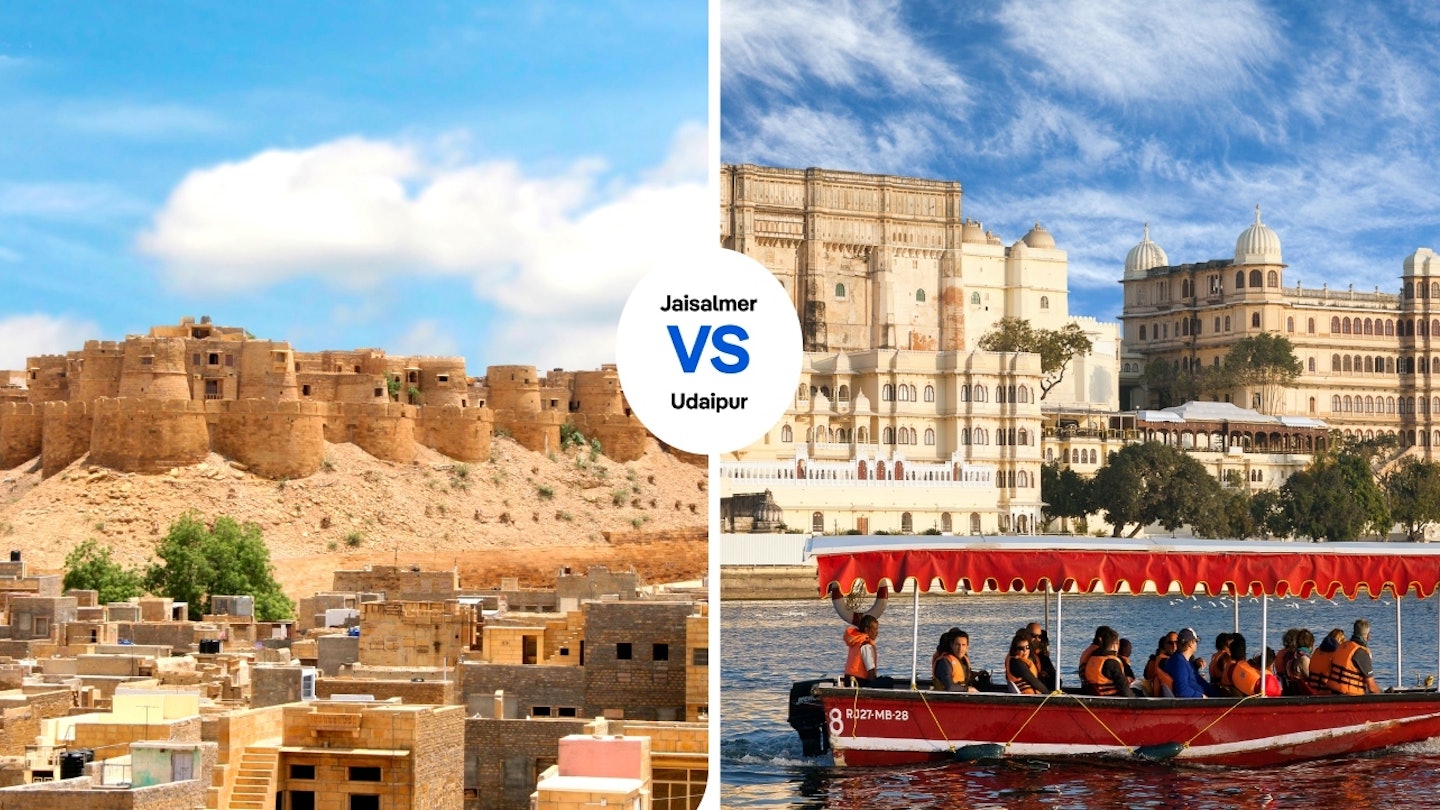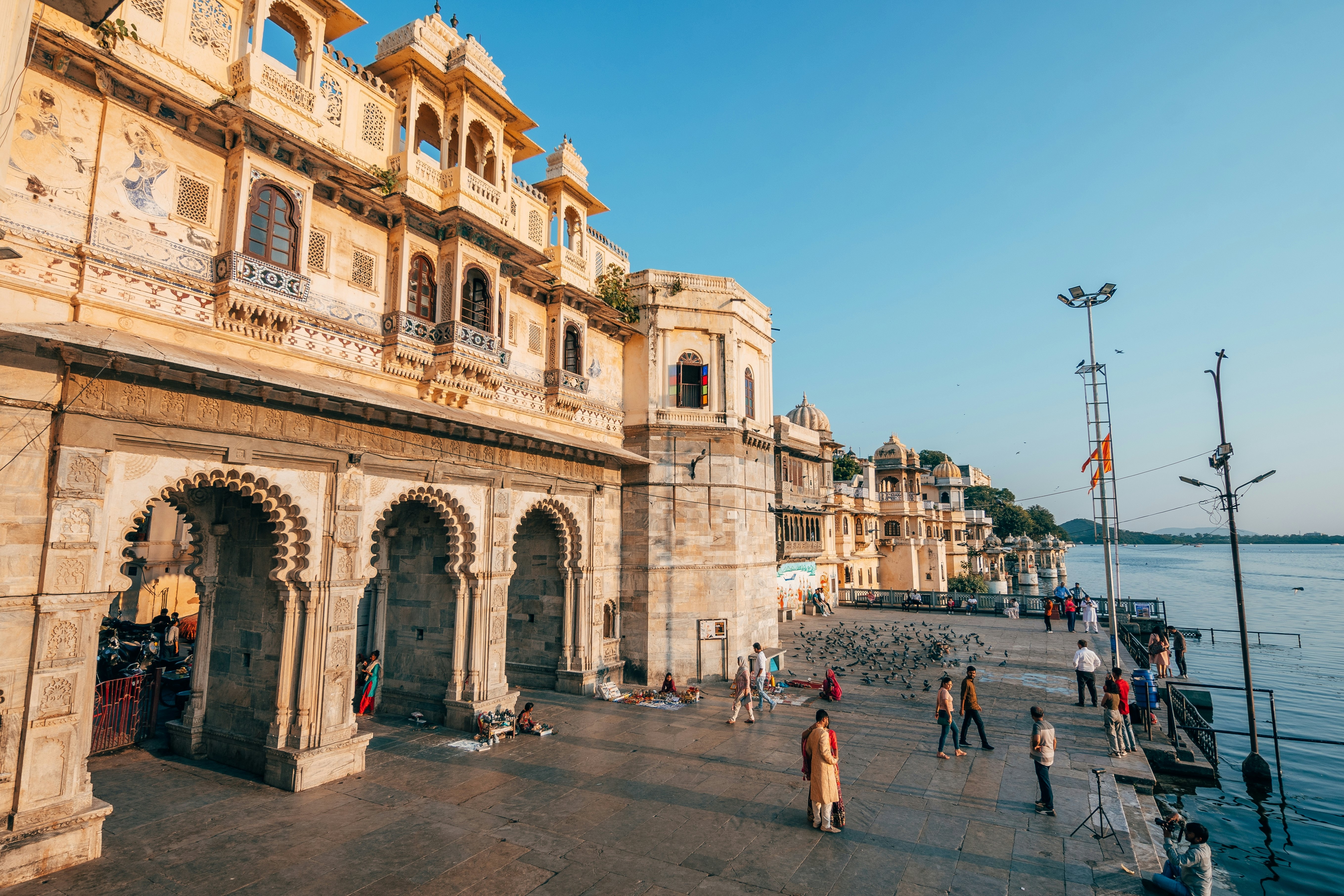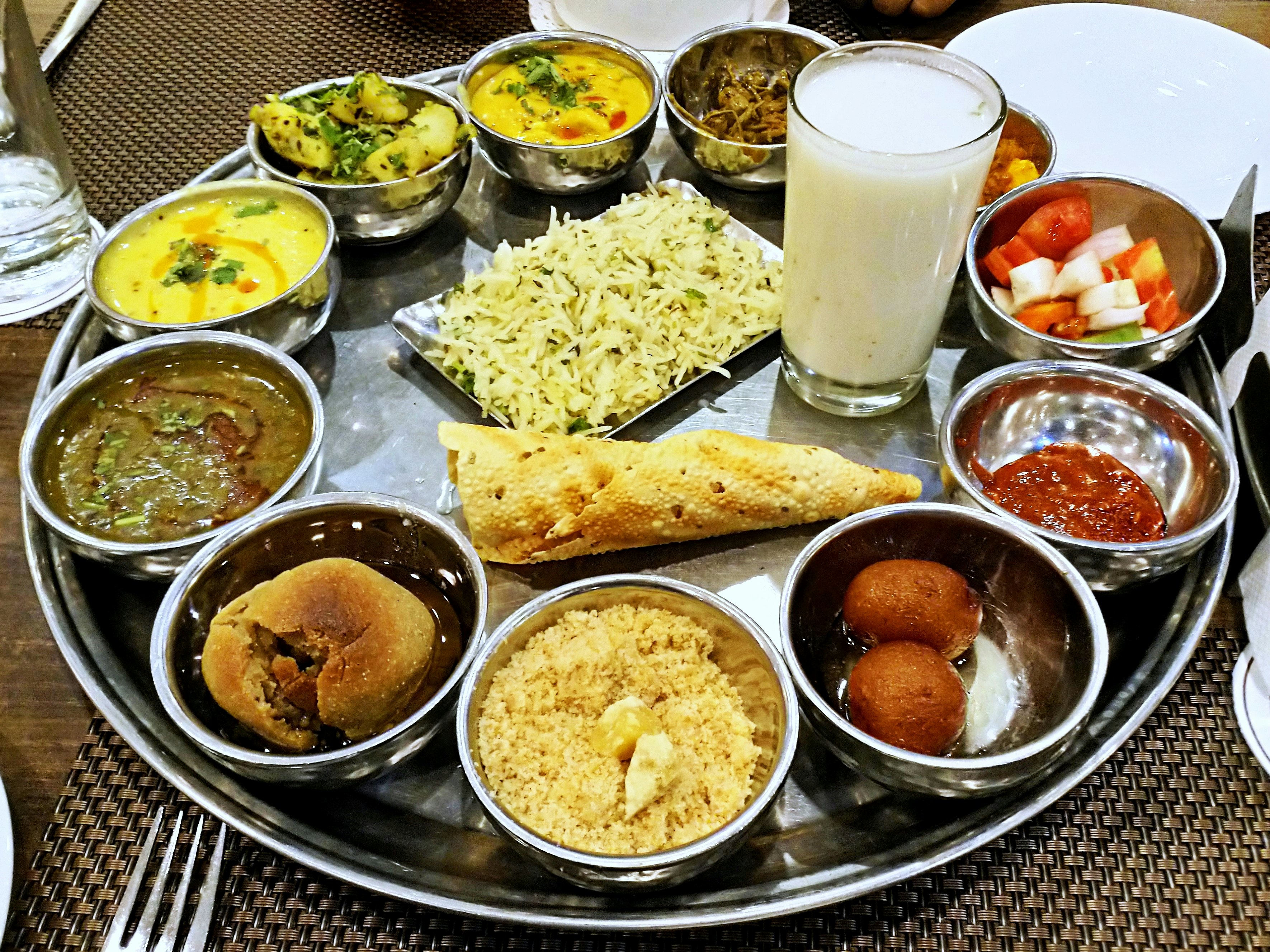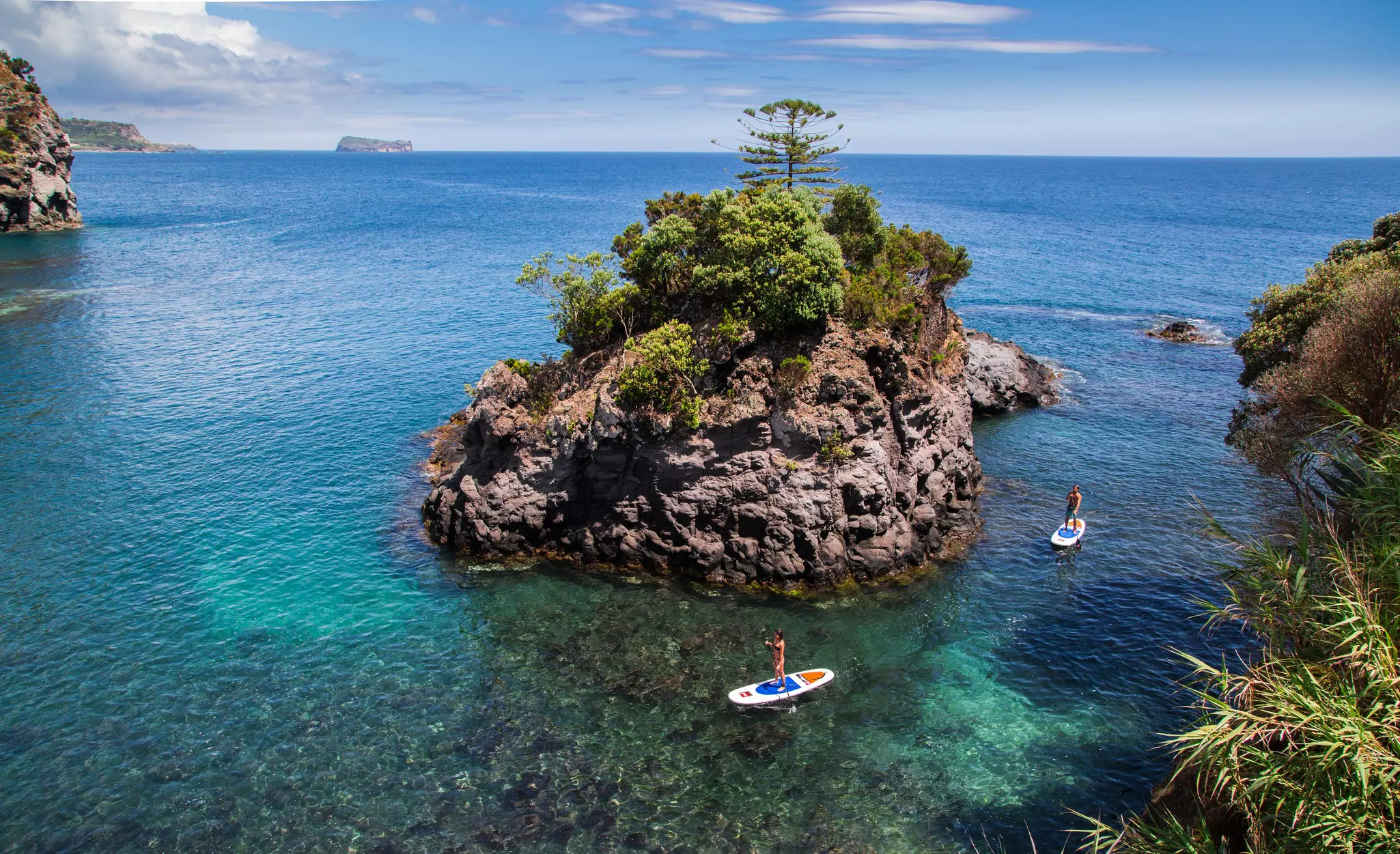
Jaisalmer vs Udaipur: Which magical Rajasthani city is the one?



Jaisalmer’s massive fort, or Udapur’s lovely lake? Shutterstock (2)
Headed to Rajasthan in northern India? Lucky you. Still trying to pin down your itinerary within this extraordinary and very large state? We feel your pain.
For in a country teeming with cultural riches, the history, architecture, visual arts and cuisine of Rajasthan stand out, and you’ll almost certainly feel pressed to see as much of the state as possible during your trip. And surely the fabled cities of Jaisalmer and Udaipur are already on your radar.
Since visiting both places on one trip would be ambitious if not impossible (they’re 500km/310 miles apart), you’ll probably have to narrow it down to one. Which is why, as you mull your choice, we’ve asked a pair of passionate writers to make the case for their respective preferred city.
Your trip to Rajasthan will be unforgettable. We didn’t say planning it would be easy.

Feel Jaisalmer’s unique energy
Prachi Joshi first visited Rajasthan as a teen on a family holiday, and vividly remembers a memorable night camping in the desert outside Jaisalmer. Since then, the sand dunes have lured her back on several trips, both solo and with her husband.
There’s no doubt Udaipur is lovely. Dreamy, even – all lakeside elegance and whitewashed palaces, perfect for those who like their adventures served with a silver spoon and a side of rose petals. But if you ask me, Jaisalmer wins, hands down.
There’s just something about the Golden City. It doesn’t cry out for your attention. It commands it, hitting you with the full force of its personality the moment you arrive. Set deep in the Thar Desert, Jaisalmer feels truly remote – giving you that rare sense of being at the edge of the world. It’s gritty and charming, with an unpolished beauty that makes Udaipur seem almost too curated.

See the light
Everything about Jaisalmer is sun-drenched: golden stone, golden light, golden hours that seem to last just a bit longer. At the city’s heart is the magnificent 12th-century Jaisalmer Fort, a fairy tale–like sandstone citadel with 99 turrets. This monument is far from a museum – it’s a real, actual, populated fort, a maze of winding lanes lined with homes, temples and markets, equal parts medieval and magical.
You’re not just seeing history here: you’re walking through it, brushing past it, haggling with it for that embroidered shawl or pair of silver earrings.
The architecture tells stories in stone. Wander past the merchant havelis (mansions) and you’ll feel it – from the grandeur of Patwon-ki-Haveli to the quieter poetry of Salim Singh-ki-Haveli to the exquisite gold-leaf frescoes of Nathmal-ki-Haveli. There are also the seven elaborately carved Jain temples dating between the 12th and 15th centuries CE. And the impressive chhatris (cenotaphs) scattered all around Bada Bagh on the outskirts of the city.
I admit that a spin on Jaisalmer’s Gadisar Lake cannot compete with a dreamy boat ride on Udaipur’s Lake Pichola – but let me paint a different picture. It’s nearly sunset and you have just arrived in an oasis in the desert. A white shamiana (open-sided tent) stands near the pond, lanterns light the way and a local musician sings folk songs as you raise a glass of bubbly. There are a cheese platter and delectable kebabs to nibble on as you watch the setting sun turn the sky pink-purple. A cool Thar breeze picks up. Candles on the table flicker. Dinner is served.
Can it get more romantic than this? Many hotels in Jaisalmer (such as Suryagarh) organize bespoke desert experiences like these.

Desert adventures
The adventurous can partake of adrenaline-pumping activities like dune bashing, quad biking and parasailing in the Sam Sand Dunes. Yet for the ultimate desert experience, you must head out on a camel safari and sleep at a camp. Most overnight camping packages include a traditional meal, cultural performances and tented accommodation with basic amenities. Oh, and waking up to a spectacular sunrise. That’s always included.
What makes Jaisalmer special? That it’s not trying to please everyone. It’s not neat or predictable. It can be harsh and hot (summer temperatures can reach 50°C/122F°; plan your trip between October and March). But it can absolutely take your breath away when you least expect it. This unique desert city is not just a destination. It’s a mirage that lingers long after you’ve left.
For there’s no mistaking Jaisalmer for anywhere else.

Soak up Udaipur’s historic heritage
From her first school trip in the early ’90s through countless return trips, Veidehi Gite has found Udaipur a touchstone of her travels. She still revels in architectural peacocking and will never turn down dal bati churma. Yet it’s the city’s craftsmanship that keeps her coming back.
My earliest memory of Udaipur is through the dusty window of a yellow school bus, journeying from Indore. As I stared out, the streets, hushed and unhurried, belonged to loincloth-clad men and women in colorful ghagara-cholis (traditional skirts and blouses). The tourists I saw stood out.
Three-and-a-half decades later, the lines between visitors and residents blur, as almost everyone wears jeans now. Indeed, this storied city welcomes all who wander its maze of lanes – illustrating that while modernity has left its mark, Udaipur’s soul remains untouched.

A feast for the eyes…
Housefronts flaunt Rajputana portraits. Historic palaces and havelis are adorned with timeworn wooden brackets and murals. Steel thalis arrive piled high with traditional Rajasthani delicacies. Overlooking the sunlit ghats, Sajjangarh Fort rises above the city, while the Lake Palace floats like a dream on Lake Pichola’s glassy waters.
As the light hits its Rajput architecture and illuminates the Aravalli hills beyond, Udaipur reveals a beauty that’s distinctly, magnificently its own.
But the Udaipur I love hides its treasures in unassuming corners. In the quaint neighborhoods of Jagdish Chowk, Bada Bazaar, Fatehpura, Hathipole and Ganesh Ghati. In Saheliyon-ki-Bari, a former women’s quarters with dancing fountains and lotus pools. Through cultural events such as Shilpgram Utsav or the annual Mewar festival, thronged by folk musicians and dancers from across Rajasthan.
Bhartiya Lok Kala Museum’s traditional puppet performances help preserve the stories of desert nomads. And behind the City Palace, the Mewar art scene lives on in miniature paintings, bone and marble inlay, glasswork, pichhwai (cloth hangings) and jal sanjhi (the extraordinary art of painting on water – seriously). The City Palace Museum contains time-worn armaments, miniature paintings and royal artifacts commissioned by Mewar rulers centuries ago.
Jaisalmer might boast about its royal heritage – yet delve deeper, and you’ll find that it was Udaipur that once stood at the confluence of dynasties. The city is adorned with pre-Mughal architecture, including the 16th-century Jagdish Temple, with its intricate carvings – plus the City Palace, Titardi Garh castle, Madri Haveli, Ambrai Ghat, Dudh Talai pond… I could continue, but I don’t want to embarrass Jaisalmer.
And when you tire of the crowds that throng Udaipur’s marble palaces, you can escape to the wild Aravalli hills. Waterways wind through the city, with migratory birds and native wildlife flocking to its lakes in winter. You can still find patches of lush vegetation within the city, such as the famous Sajjan Garh Wildlife Sanctuary, and also the area around Badi Lake and the tribal villages of Sisarma. Udaipur’s azure lakes are both the lifeblood of the city’s traditional fishing communities, as well as a source of inspiration for the city’s artists.

…and a treat for the taste buds
Most of all, I love Udaipur for its food. Begin with its hearty dal bati churma – the food of warriors and desert dwellers – and gatte ki sabzi, a gram-flour dumpling curry perfected by Rajasthanis adapting to scarce water and vegetation that has since become emblematic of Udaipur. A typical Rajasthani thali will give you a sampling of lentils, curries, bread and sweets reflecting the ingenuity of desert cooking. Keep your eyes (and your taste buds) out for ker sangri, preserved wild beans and berries; and laal maas, fiery red mutton curry cooked with Mathania chilies, a dish born from the hunting traditions of Rajput royalty.
Authentic Mewari dishes shine in traditional settings: crispy pyaaz kachori with tamarind sauce, bajre ki roti with garlic sauce and savory gulab jamun in curry. You can also sit down at more formal venues such as Taraksh, where Chef Rajendra Singh creates fusion cuisine highlighting Rajasthani ingredients with bold twists (think ker sangri cappuccinos, and Mexican-inspired tacos made with Rajasthani pancakes).
Not satisfied yet? The city has handicrafts at all price points, sunset boat tours and streets safe for evening strolls. What could beat that? Not much – except the chance to return again and again, each time discovering that Udaipur’s magic isn’t just in its lakes or palaces.
Rather, it’s in how it makes travelers feel. And the typical feeling? As if you’ve found the place you’ve always been searching for, without even knowing you were looking.














